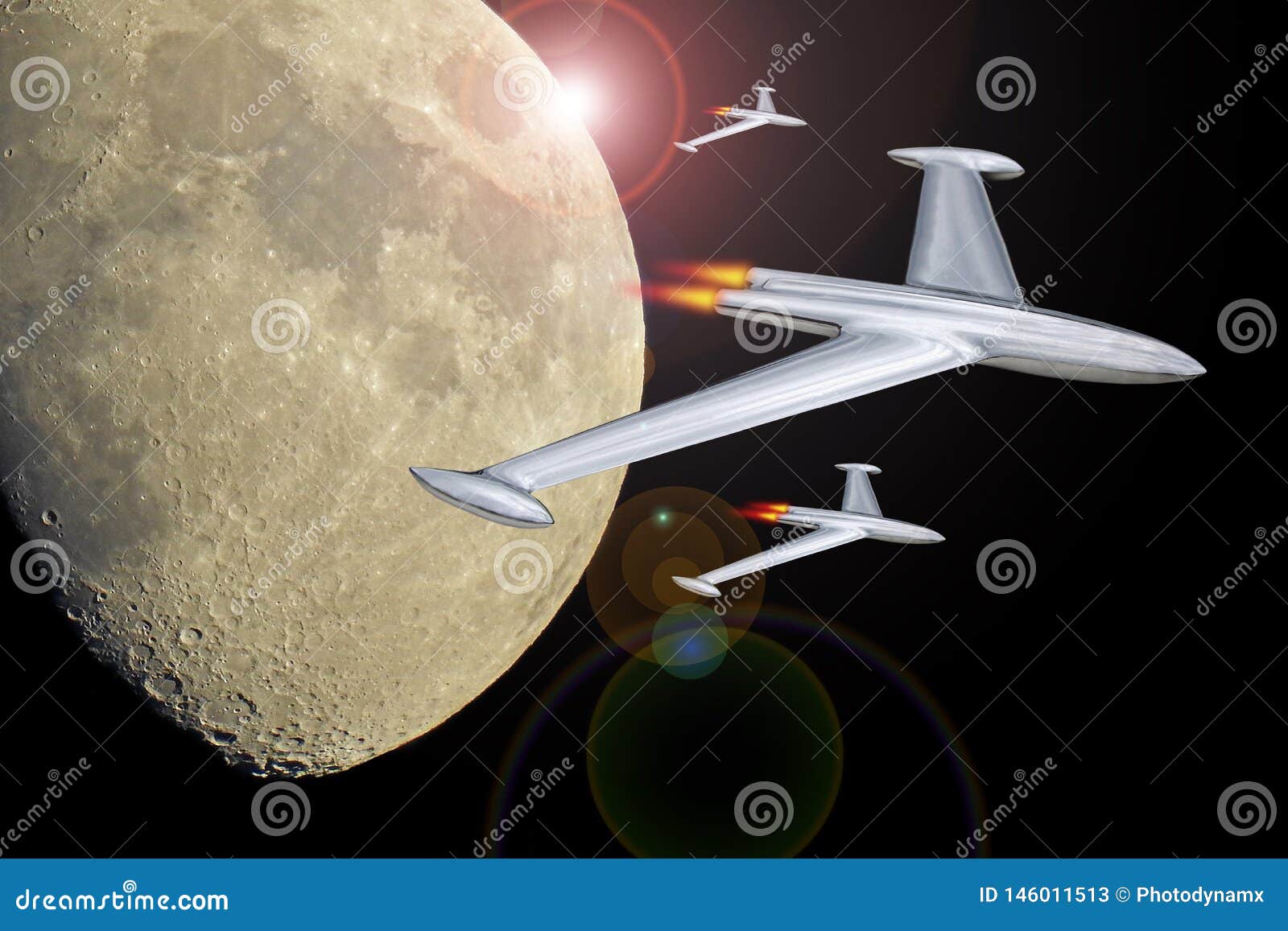
Any scientific payload is hardly 10g-safe. The rocket equation says we need the fuel for braking and even more fuel to bring the fuel for braking to the place where we need to brake.Īcceleration - humans can survive 1g for quite a while, ~3g for short time (like tens of minutes) and 10g feels and hurts like a car crash. So we should brake by rocket engines, expending our precious delta-v budget. And even with all the possible protection, the atmosphere can do only so much and then we risk flying back into space or reaching the surface at rather unpleasant speed. And even if it does, the heat and acceleration will impose quite a requirement on the payload. If we go faster, Mars' tiny atmosphere cannot brake us enough. When we reach Mars, we need to be almost at the speed of Mars and then brake in its atmosphere. #1 is why we avoid braking by rocket engines.

The infamous rocket equation means we get roughly a few times more fuel for every km/s delta-v budget.

The relationship between speed and fuel mass for a rocket engine is exponential, and is described by the Tsiolkovsky rocket equation.ĭepending on where you're going, you might need to bring along still more fuel to slow down once you reach your destination! At Mars, it's possible to slow down by flying through Mars's atmosphere when you get there, but aerobraking in this way from a higher speed will require still more mass in heat shielding, and thus more fuel to get up to speed when leaving Earth.īuilding a launching rocket large enough to get a spacecraft to Mars in 7-8 months is already a huge, expensive project, and it would be probably at least 5 or 10 times more expensive (but definitely not millions of times) to make it a 1-2 month flight.įuel. To fire the rocket engine longer, you need to take a little more fuel into space, but the mass of that additional fuel itself requires a little more fuel to lift against Earth's gravity, and so on. In order to go a little bit faster, you need to fire your rocket engine for a little bit longer at the start of the flight (the spacecraft just coasts through space for the 7-8 month duration).

The limitation to making a faster spacecraft is fuel. I don't know of any risks that would be increased by a shorter flight. The biggest risk on a flight to Mars is cumulative exposure to radiation, so a 1-2 month flight would actually be much healthier for a crew than a 7-8 month flight.


 0 kommentar(er)
0 kommentar(er)
